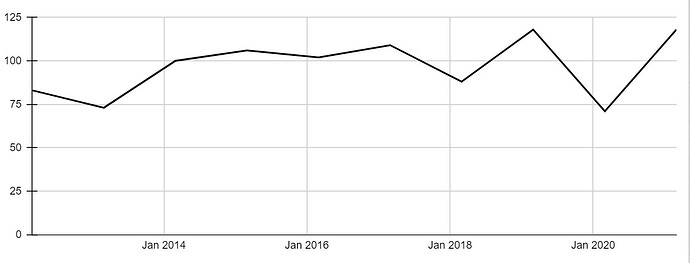Nykaa (FSN E-Commerce) Notes
Key Factors:
- Scale and Ad-spends
- Pricing and Valuation
Please go through these sources for detailed info:
Nykaa’s Story Listen to SOIC: https://www.youtube.com/watch?v=Pmgky8DkqWY
Nykaa RHP: https://www.sebi.gov.in/filings/public-issues/aug-2021/fsn-e-commerce-ventures-limited_51574.html
Nykaa Summarised: https://forum.valuepickr.com/t/ipo-review-discussion-until-listing/14547/239
IPO Valuation: https://forum.valuepickr.com/t/ipo-review-discussion-until-listing/14547/235
About Category: Beauty Products are those that require consistent advertising to get the Sales. It can not be compared to something like Zomato, where you are hungry you order. You need to constantly push to achieve Sales Growth that is what Nykaa seems to have achieved.
The company was not profitable for 2019, 2020 but made its maiden profit in 2021.
A beauty product sale co. has only 3 major costs.
-
Product cost,
-
Employee Cost (store front + tech stack)
-
Advt. Costs.
So only logical cost reduction is possible on Ad spends (In fact company reduced spends in 2021 by 30 Cr. vis-a-vis 2020 out of total profit of 61 Cr,). So lets check international firms whether there are any scale benefits(no other financials available)
-
ULTA (NASDAQ: ULTA). The average advt.(SGA) expenses for ULTA were at 23-26%. ULTA has saloons as well and operates in matured countries.
-
Sephora is part of LVMH Group and financials are not available separately.
Can the company get scale effect in Ad spend without sales dilution ???
Here’s a toy sheet to find out if what would be the likely revenue growth and EPS
Excel File attached below
[Returns on Capital]
(https://www.notion.so/c86be69071bd4df4b91183bd4ecf5c5f)
The company on an average requires 100 Cr. every year (excluding profit) to run the show with growth.
The co. is now raising(Non-OFS) 630 cr. for company’s use and is gonna partly pay Borrowings.
Coming to P/E it’s around 567.30. Unheard of but what Ms. Nayyar says in her interview as a summary:
Guys, I am gonna give you the whole Online Indian Beauty market, so can’t you pay for the growth we will deliver for next 10 years.
Link: Nykaa IPO | Nykaa IPO pricing: Enough left on the table for the investor while fixing Nykaa IPO pricing: Falguni Nayar - The Economic Times
Is it worth it depends on the context, see the Amazon returns graph till 2008
1998-2008 $4 to $138 -34 times
Post 2008 graph
2008-2021 $138 to -$3376.07 - 24 times - The red mark in both pics is same
Important learnings:
- Peak to peak 1999 to 2007 too 7 years to just recover money
- You never know if any thing in such a long term hits you
- Not every company is AMAZON


Scenario 1: Whenever there is Turbulence(Bear Market)
Co. gets Scale effects then no visible effect else gets dumped
Scenario 2: Party Continues (Bull Market)
Co. continues to get re-re-re-rated till …
Scenario 3:
Zomato type double/triples and then quiet
What scenario is most likely ???
PDF File with Graphics and Table
Nykaa_(FSN_E-Commerce)_Notes.pdf (71.8 KB)
Nykaa playsheet.xlsx (10.8 KB)

